Of the 52 provinces and cities proposed for merger, if divided into 3 regions, the North and South have 38 provinces and cities, and the Central region has 14 provinces and cities.
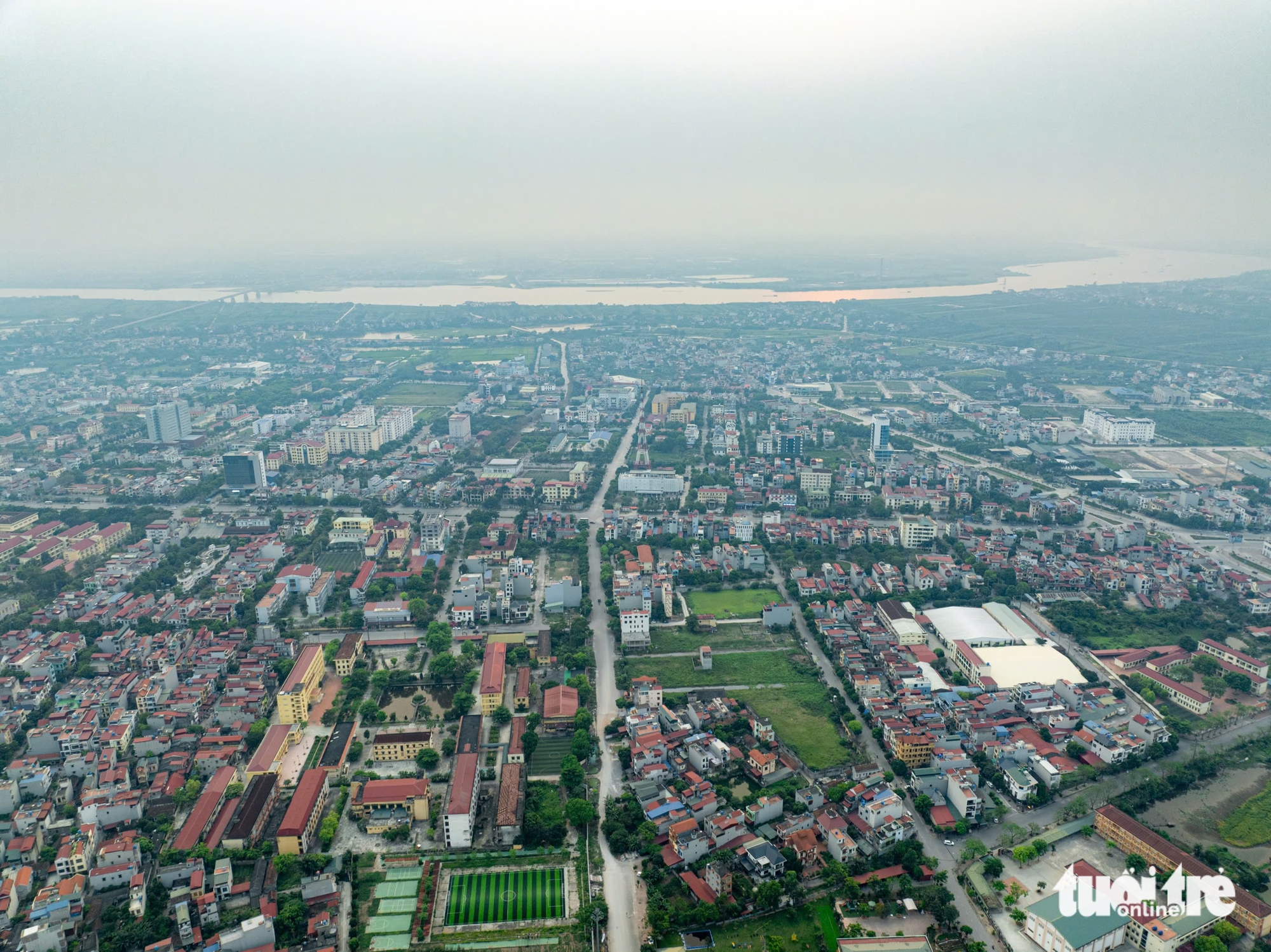
A corner of Hung Yen city (Hung Yen province) - Photo: NAM TRAN
The Ministry of Justice is reviewing the draft and submission of the resolution of the National Assembly Standing Committee on administrative unit arrangement.
New merger criteria
According to the draft resolution and submission, the criteria for arranging provincial and communal administrative units include natural area; population size; history, tradition, culture, religion, ethnicity; geo-economics; geo-politics; national defense and security.
In particular, the criteria of natural area and population size are determined according to Resolution 1211/2016 of the National Assembly Standing Committee (amended and supplemented in 2022) on standards and classification of administrative units.
According to the resolution, provincial-level units must meet three standards on area, population, and number of district-level administrative units.
Accordingly, mountainous and highland provinces have an area of 8,000km2 and a population of 0.9 million people or more; the remaining provinces have an area of 5,000km2 and a population of 1.4 million people or more.
A centrally-governed city has an area of 1,500 km2 and a population of 1 million people or more. All provinces and cities must have 9 or more district-level administrative units/province to meet the criteria.
The draft clearly states that provinces and cities that have not met 100% of provincial-level unit standards according to the resolution of the National Assembly Standing Committee on standards and classification of administrative units must be merged.
The draft notes that arrangements should not be made for units with isolated locations and difficult to organize convenient traffic connections, or units with especially important locations that affect national defense, security, and the protection of national sovereignty.
The arrangement of administrative units and merger of provinces aims at the highest goal of developing the country, expanding development space for new units, and promoting the leading role of dynamic regions, economic corridors, and growth poles.
Priority is given to arranging mountainous and delta units with coastal administrative units; harmoniously and reasonably combining adjacent units with development orientation requirements to support each other, together promoting economic development of the units after arrangement and requirements, orientation for rapid and sustainable development of the country in the new period.
Regarding the principle of determining the administrative-political center, the policy is to choose a new administrative-political center with a favorable geographical location and synchronous economic-social infrastructure.
Especially the developed transportation system (airport, road, port...), easily connects with areas within the province, city and large urban areas, economic centers of the country or with the marine space system.
The administrative-political center of the new unit needs to have space for future development; be consistent with the socio-economic development orientation of the new unit, ensure harmony and rationality, avoid imbalance between localities when merging, and ensure the maintenance of national defense and security.
According to the criteria for the arrangement, it is expected that 11 provincial-level units will remain the same nationwide, including Hanoi, Hue, Lai Chau, Dien Bien, Son La, Cao Bang, Lang Son, Quang Ninh, Thanh Hoa, Nghe An, and Ha Tinh.
The remaining 52 provincial units subject to rearrangement include 4 cities: Hai Phong, Ho Chi Minh City, Da Nang, and Can Tho.
48 provinces including Ha Nam, Hung Yen, Vinh Phuc, Bac Ninh, Thai Binh, Hai Duong, Nam Dinh, Ninh Binh, Bac Kan, Thai Nguyen, Phu Tho, Bac Giang, Hoa Binh, Tuyen Quang, Lao Cai, Yen Bai, Ha Giang, Ninh Thuan, Quang Tri, Phu Yen;
Quang Binh, Quang Ngai, Khanh Hoa, Dak Nong, Tay Ninh, Binh Duong, Binh Thuan, Binh Phuoc, Ba Ria - Vung Tau, Ben Tre, Bac Lieu, Vinh Long, Hau Giang, Tra Vinh, Tien Giang, Soc Trang, Dong Thap, An Giang, Long An, Ca Mau, Quang Nam, Binh Dinh, Dak Lak, Dong Nai, Gia Lai, Kon Tum, Lam Dong, Kien Giang.
According to the draft, if a province merges with a province, after the merger it will be called a province. If a province merges with a centrally-run city, then the larger province after the merger will be a centrally-run city.
How are 52 provinces and cities divided into 8 regions?
Of the 52 provinces and cities that must be merged based on the new criteria proposed by the Ministry of Home Affairs in the draft, if divided into 8 economic regions, the Northwest region has 3 provinces: Hoa Binh, Lao Cai, and Yen Bai.
The Northeast region has 6 provinces: Phu Tho, Ha Giang, Tuyen Quang, Bac Kan, Thai Nguyen, Bac Giang.
The Red River Delta region has 9 provinces and cities including Hai Phong city, Ha Nam, Hung Yen, Vinh Phuc, Bac Ninh, Thai Binh, Hai Duong, Nam Dinh, Ninh Binh provinces.
The North Central region has two provinces: Quang Binh and Quang Tri.
The South Central region has 8 provinces and cities including Da Nang city and the provinces of Quang Nam, Quang Ngai, Binh Dinh, Phuc Yen, Khanh Hoa, Ninh Thuan, Binh Thuan.
The Central Highlands region has 5 provinces: Kon Tum, Gia Lai, Dak Lak, Dak Nong, Lam Dong.
The Southeast region has 6 provinces and cities: Ho Chi Minh City, Ba Ria - Vung Tau, Binh Duong, Binh Phuoc, Dong Nai, Tay Ninh.
The Mekong Delta region has 13 provinces and cities: Can Tho City, An Giang, Bac Lieu, Ca Mau, Dong Thap, Hau Giang, Kien Giang, Long An, Soc Trang, Tien Giang, Tra Vinh, Vinh Long, Ben Tre.
If divided into 3 regions: North, Central, and South, of these 52 provinces and cities, the South has 19 provinces and cities, the Central has 14 provinces, and the North has 19 provinces and cities.
Among the 52 provinces and cities subject to merger based on the new criteria proposed by the Ministry of Home Affairs, Ho Chi Minh City has an area of over 2,000km2 , with 22 district-level units, is a special urban area, and has a strategic location for transportation and seaports.
Ho Chi Minh City borders the provinces of Binh Duong, Ba Ria - Vung Tau, Dong Nai, Long An, Tay Ninh and the East Sea. With its location near the sea and convenient transportation, Ho Chi Minh City is an important commercial center of the country.
Also among the 52 provinces and cities, Bac Ninh province has the smallest area in Vietnam with more than 822km2 , followed by Ha Nam with more than 860km2 , Hung Yen with more than 930km2 and Vinh Phuc with more than 1,235km2 .
It is expected that the whole country will have about 34 provinces and cities.
When chairing a meeting with veteran revolutionary cadres, meritorious people, and typical policy families in the Central Highlands region on March 28, General Secretary To Lam informed about the plan to restructure the administrative apparatus at three levels including central, provincial, city, and commune and ward levels.
According to the plan, initial calculations will have about 34 provinces and cities based on the rearrangement of the current 63 provinces and cities; no administrative activities at the district level will be organized; and about 5,000 administrative units at the commune and ward levels will be organized.

Photo: NGOC AN
Source: https://tuoitre.vn/chi-tiet-ve-52-tinh-thanh-trong-dien-de-xuat-sap-nhap-20250330130131539.htm


![[Photo] A brief moment of rest for the rescue force of the Vietnam People's Army](https://vstatic.vietnam.vn/vietnam/resource/IMAGE/2025/4/3/a2c91fa05dc04293a4b64cfd27ed4dbe)
![[Photo] Prime Minister Pham Minh Chinh chairs the first meeting of the Steering Committee on Regional and International Financial Centers](https://vstatic.vietnam.vn/vietnam/resource/IMAGE/2025/4/3/47dc687989d4479d95a1dce4466edd32)

![[Photo] Prime Minister Pham Minh Chinh chairs meeting after US announces reciprocal tariffs](https://vstatic.vietnam.vn/vietnam/resource/IMAGE/2025/4/3/ee90a2786c0a45d7868de039cef4a712)
![[Photo] General Secretary To Lam receives Japanese Ambassador to Vietnam Ito Naoki](https://vstatic.vietnam.vn/vietnam/resource/IMAGE/2025/4/3/3a5d233bc09d4928ac9bfed97674be98)
![[Photo] Ho Chi Minh City speeds up sidewalk repair work before April 30 holiday](https://vstatic.vietnam.vn/vietnam/resource/IMAGE/2025/4/3/17f78833a36f4ba5a9bae215703da710)





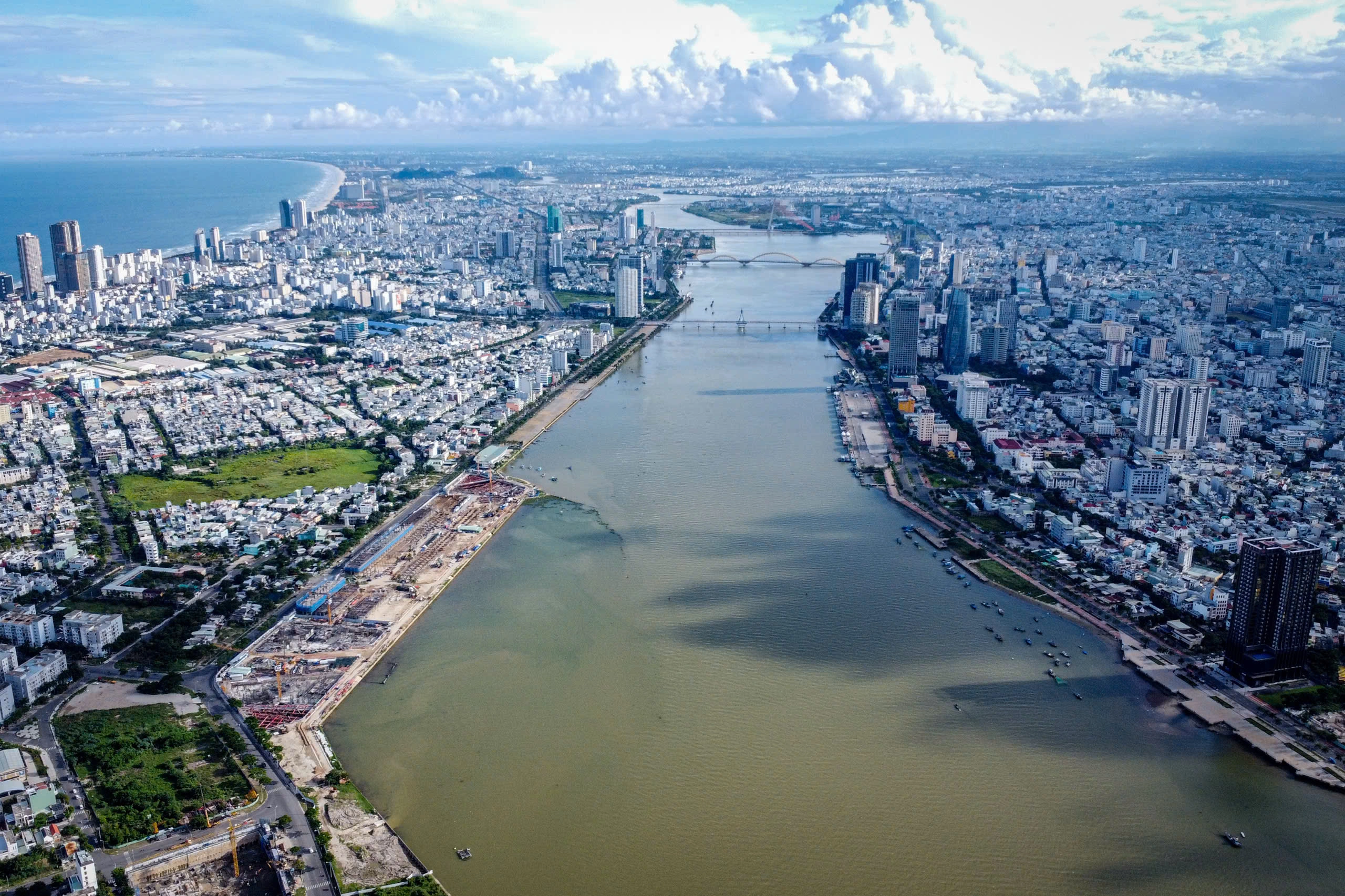




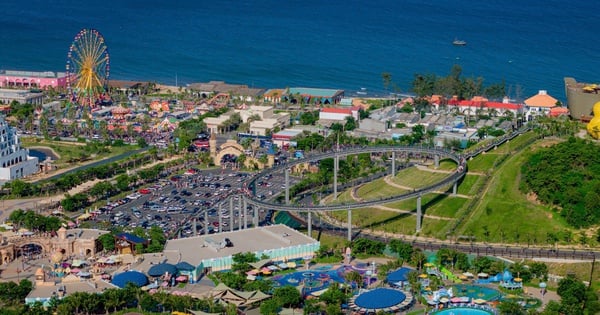


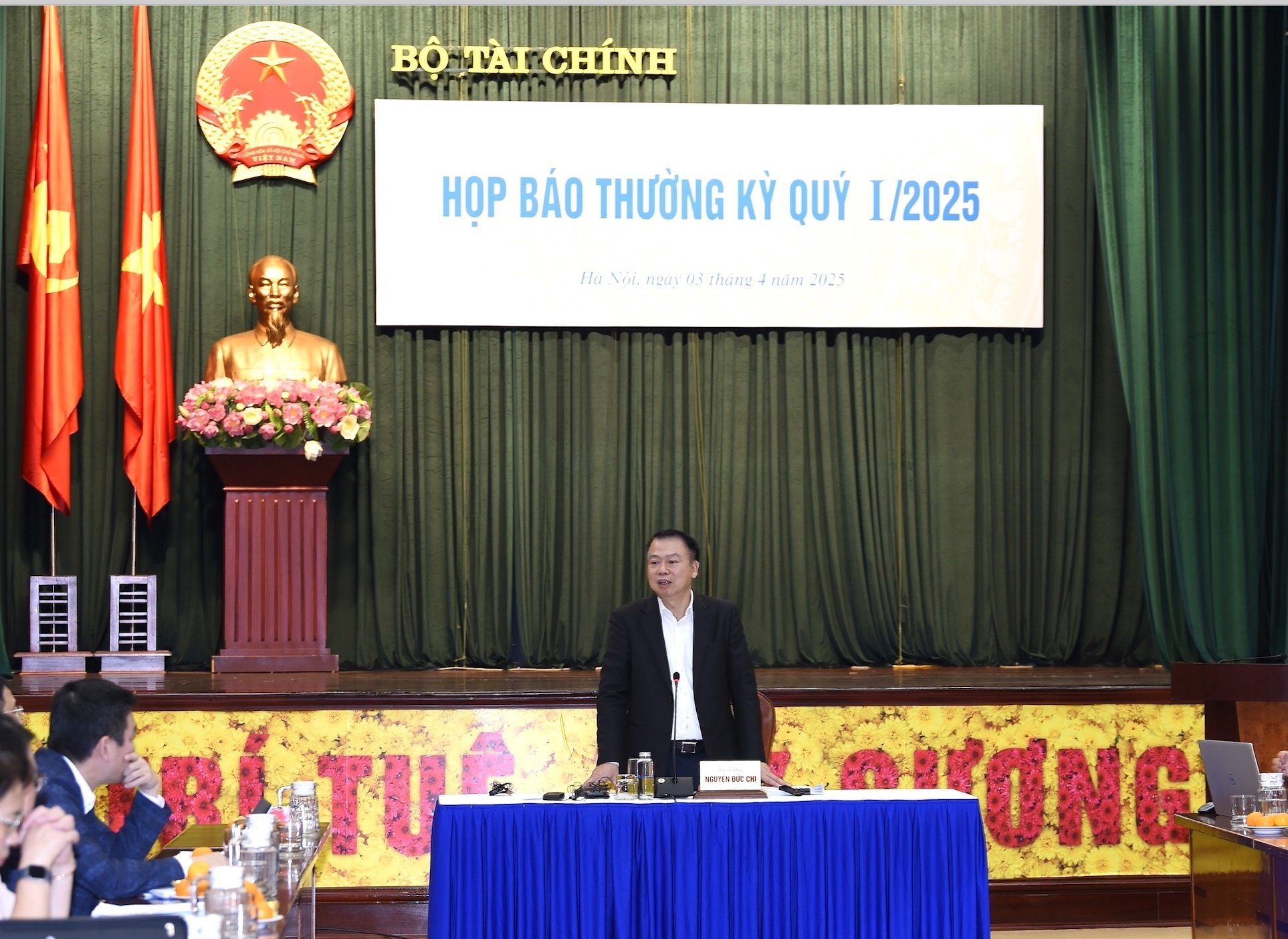





















































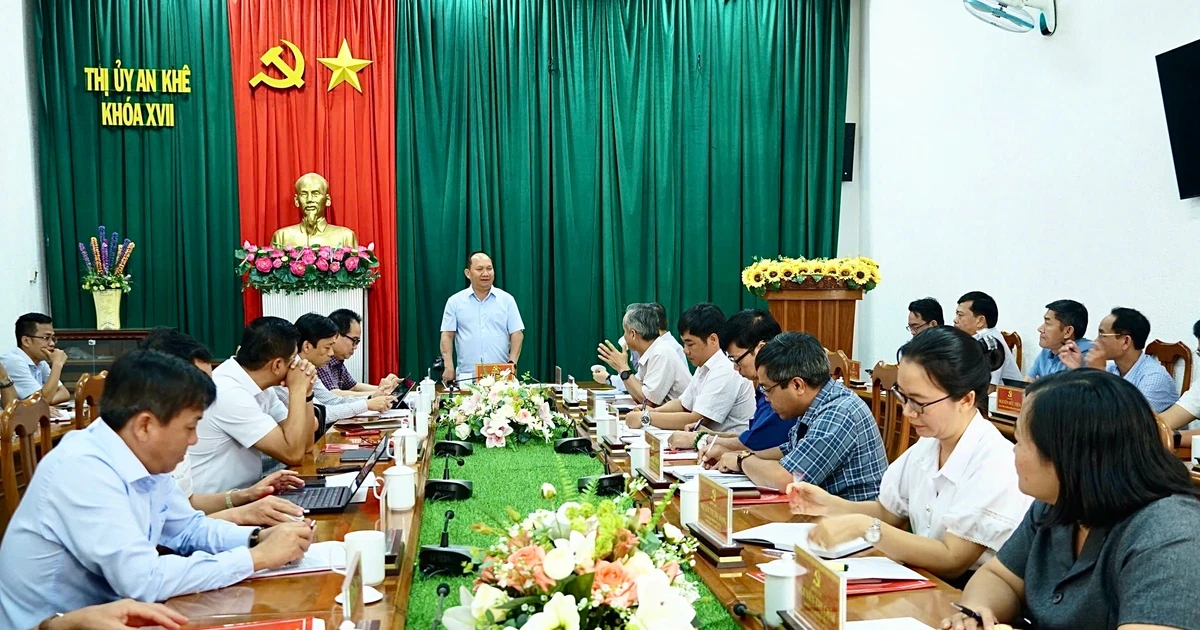

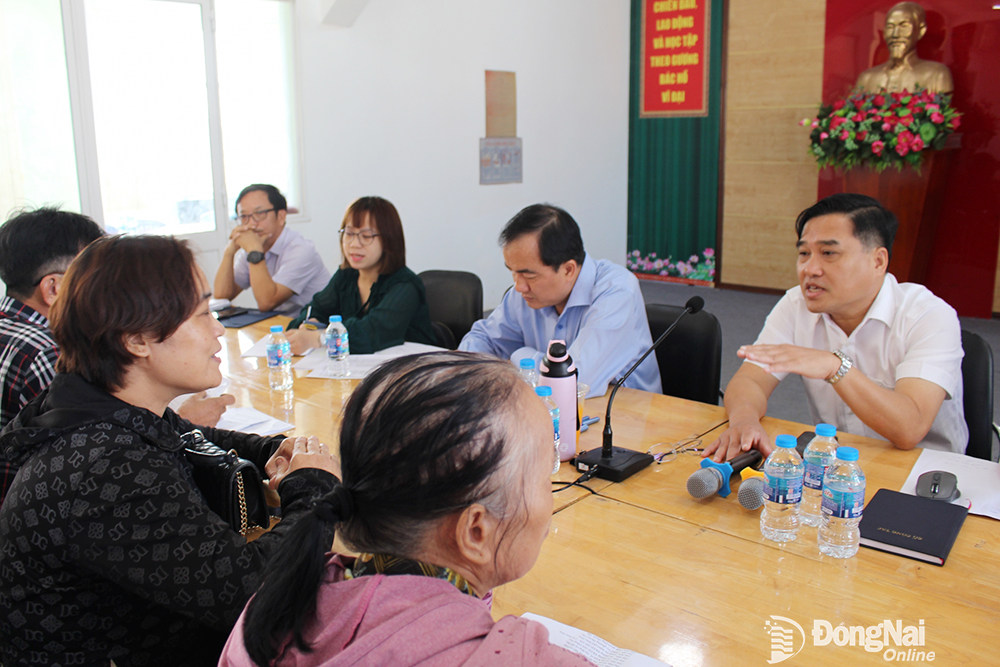


















Comment (0)